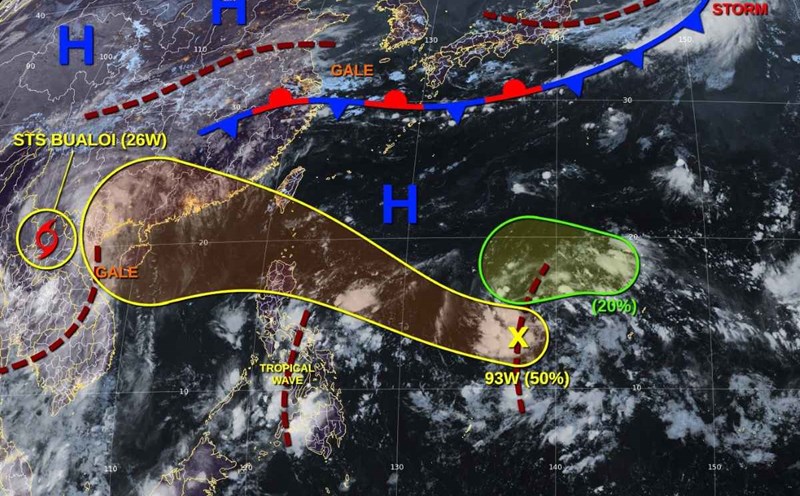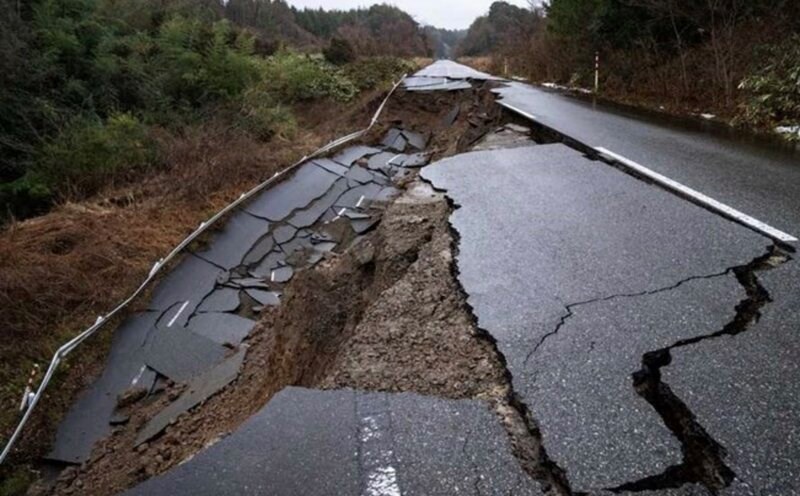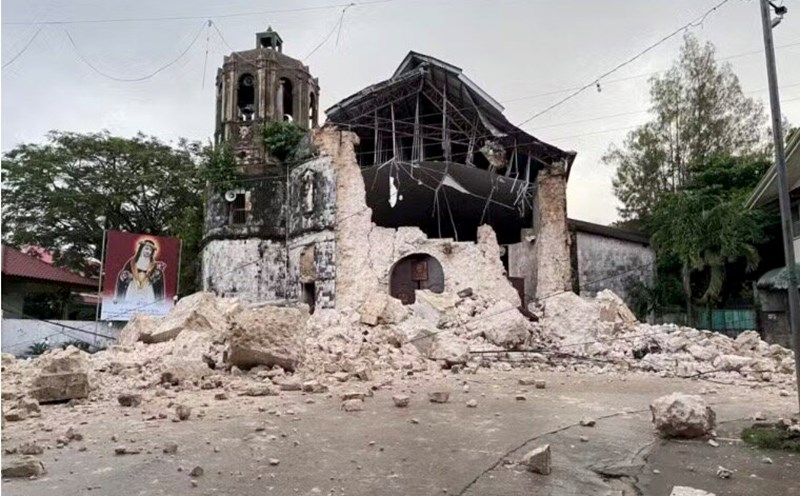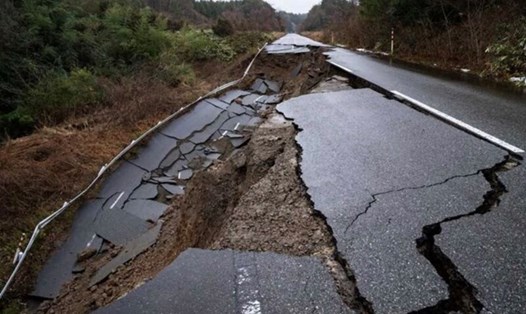The earthquake killed at least 20 people and injured dozens others. Many structures collapsed, bridges and roads were cut off, and province - the most populous in the region - sank in desolation.
According to the Philippine Institute of Volcanoes and earthquakes ( Phivolcs), the earthquake occurred at around 10:00 p.m. on September 30 (local time), the center of the earthquake was in concubine province - home to more than 3.2 million people. A series of earthquakes continued to shake the area, causing panicked people to rush onto the streets.
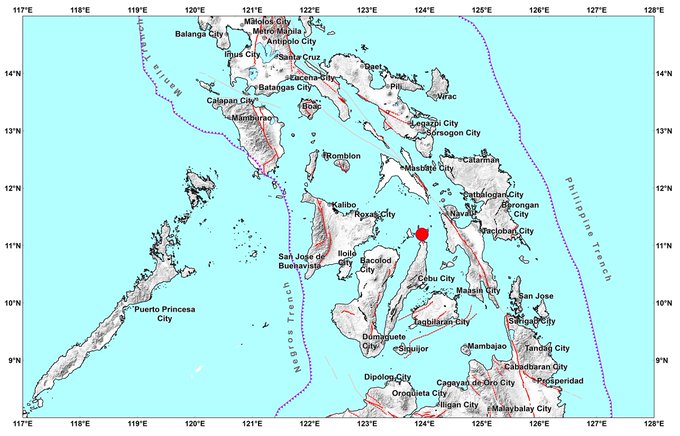
According to Phivolcs, Taal Volcanoe had a partial explosion early on October 1, stopping at around 2:15 a.m. The volcano is still at warning level 1.
A spokeswoman for province of Philippines, Ms. Ainjeliz de la Torre-Orong, confirmed that at least 20 people were killed and 37 others were injured. Four buildings were completely collapsed, 3 public authority headquarters were severely damaged, 6 bridges and 1 main road were unable to circulate.
In the town of San Remigio, where the damage was most severe, 5 people were killed. Of these, four victims - including one firefighter and three officers from the Coast Guard - were buried when the sports stadium had collapsed while playing basketball. The fifth victim was a child trapped under the rubble at another location.
The local government has announced that it will soon declare a "disaster status" to mobilize all relief resources.
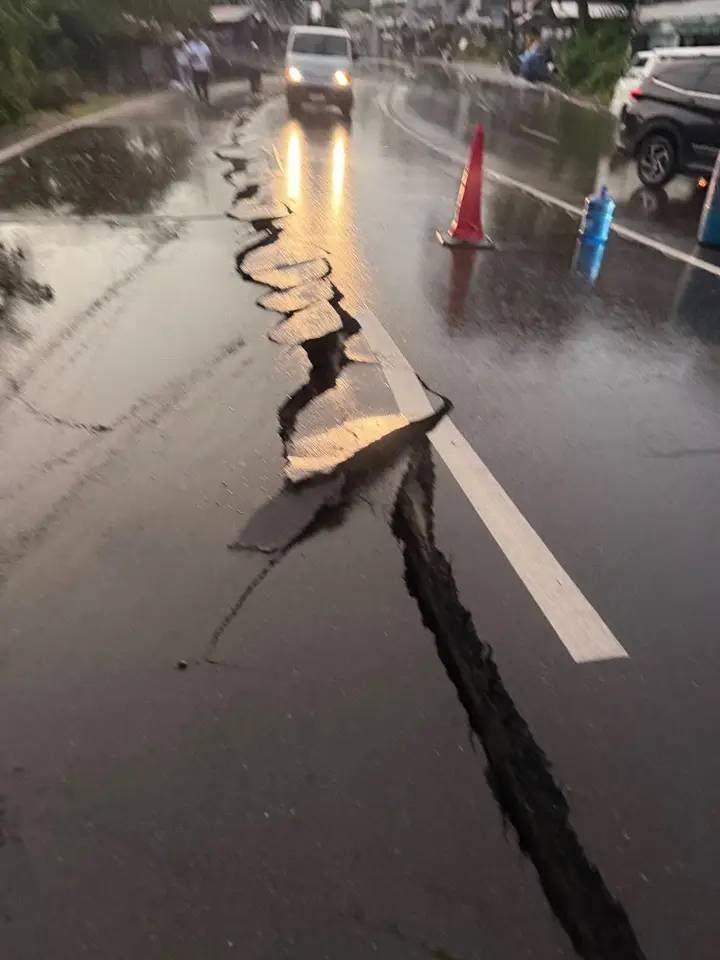
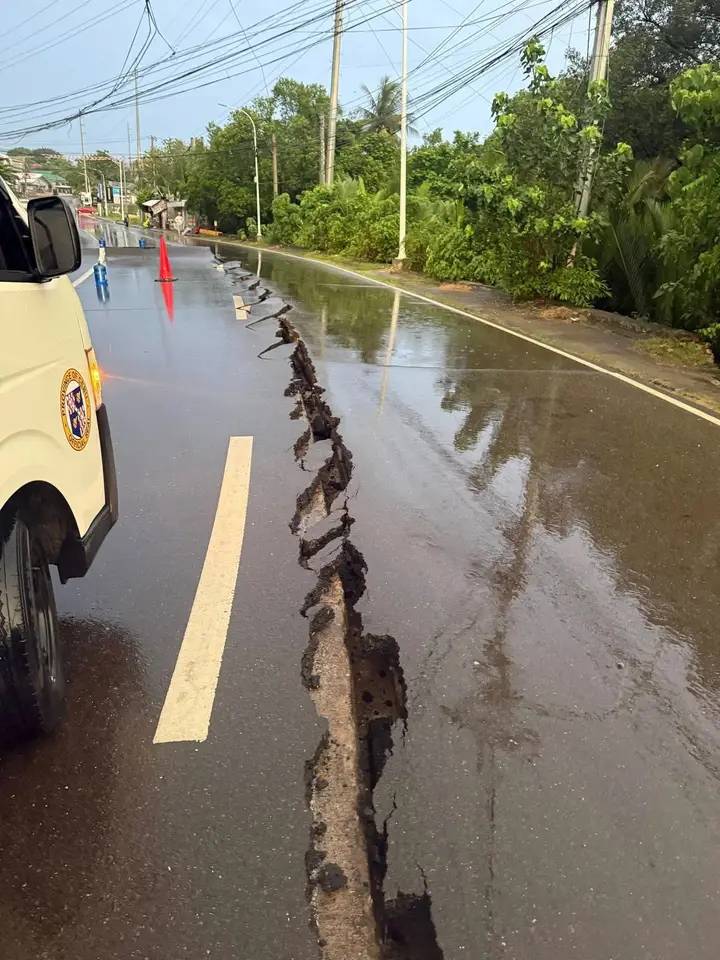
provinces governor, Pam Baricuatro, has ordered an emergency transportation of supplies and medicines, and mobilized motor vehicles to clear rescue routes. A medical team from South Cotabato province was also urgently sent to support.
Images posted on social media show many ancient congresses in Cebu cracked and partly collapsed stone walls. The province of Cebu has announced that it will stop performing mass at churches until safety is assessed. Some restaurants, apartments and large stores were also severely damaged.
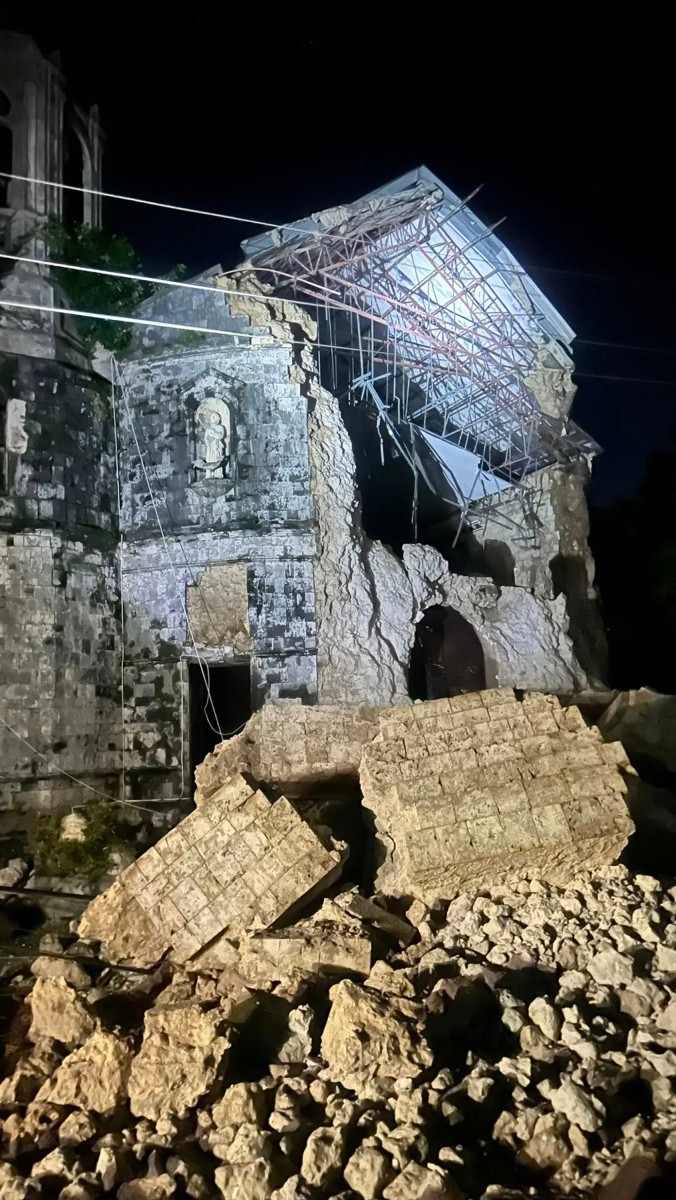
Authorities initially warned of the risk of a small Tsunami, urging people to stay away from the coast, but the warning was later canceled. Schools and offices in Cebu will temporarily close on October 1 to serve the inspection of the project.
The Philippines is located in the Pacific Ring Road, where earthquakes and volcanic explosions frequently occur. In just the past 2 years, this island nation has suffered consecutive strong earthquakes above 6 degrees richter, causing many casualties.
The double disaster - the recent storm, the earthquake - is pushing millions of residents of concubine into a miserable situation, with unknown losses that can be recovered.

